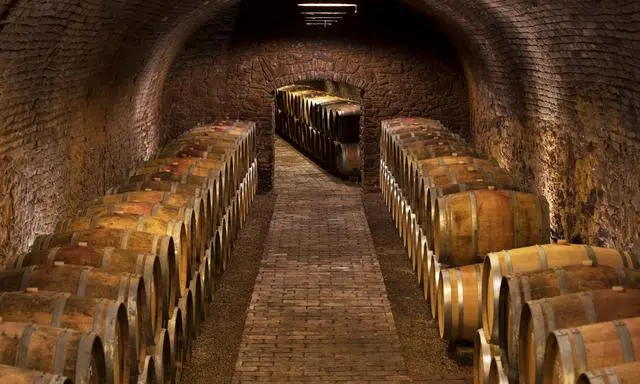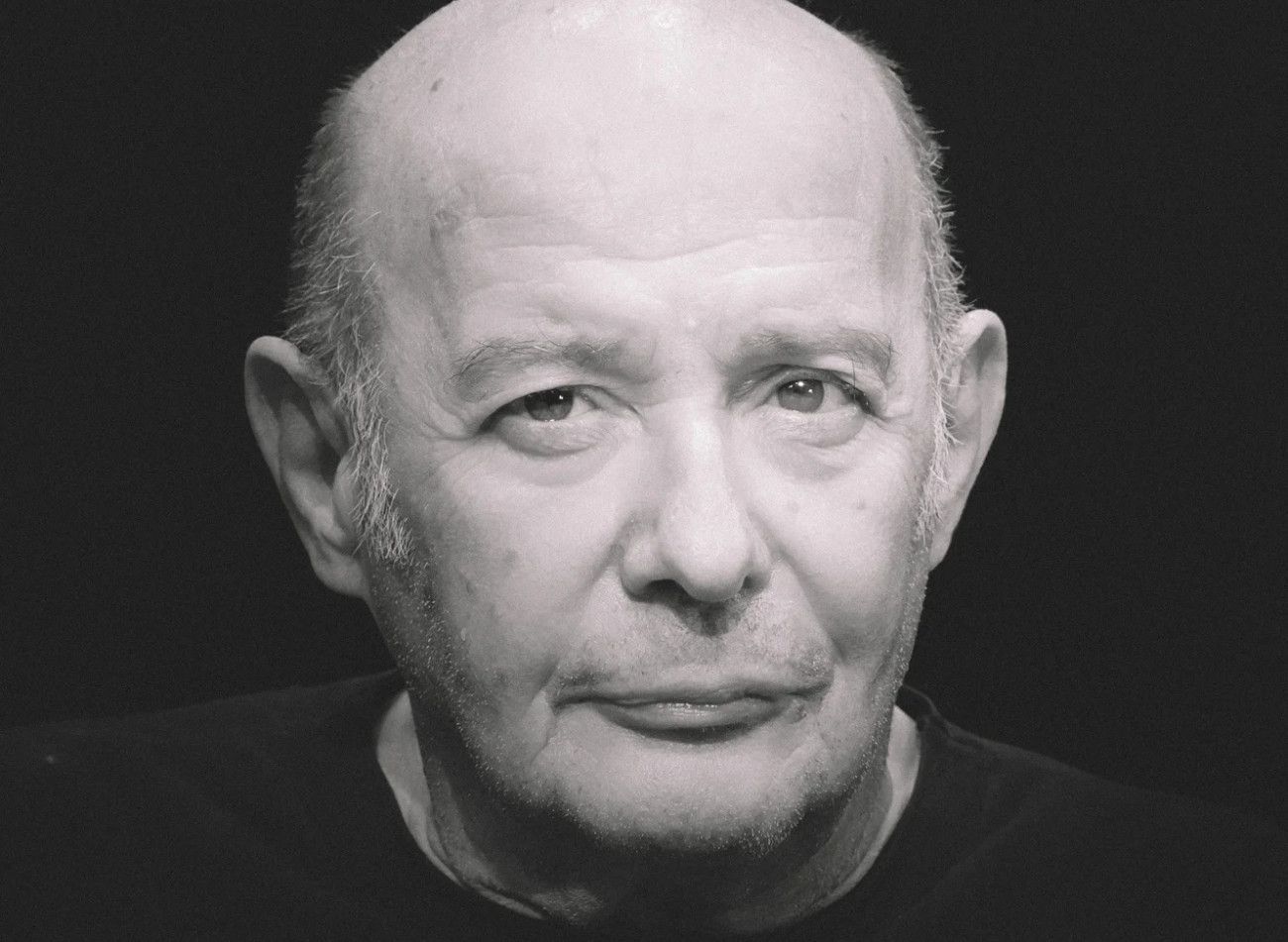Why Austria’s wine exports are falling-Diepresse.com

Wine exports have dropped for the first time in eight years. Chris Yorke, head of wine marketing, remains optimistic, although the boys consume less and less alcohol.
« />
Hard times for domestic winegrowers: the export of Austrian wine has decreased. PictureDesk / Alex Halada
The wine industry is currently experiencing rather difficult times. What about Austrian wine exports?
Chris Yorke: Wine exports have dropped for the first time in eight years in the previous year. A total of 64.2 million liters of wine worth 233.3 million euros were exported, i.e. the export volume has dropped by 1.7 percent, the value of six percent. But if you compare the period 2019, i.e. before Corona, by 2024, export has increased by 28 percent.
How important is export for the Weinland Austria?
I always say Austrians are very smart. About 70 percent of the total harvest are consumed in Austria. We appreciate our wines and we are happy to drink them. But if we want to grow as a wine industry, it takes export. And especially the top countries such as Germany, Switzerland and the USA, and exciting countries such as Canada, Scandinavia and Holland.
Why is this decline at the moment?
The last export minus was in 2015, and the low harvest quantities were responsible at the time. Since then, our exports have increased by more than 60 percent. The market is currently difficult. We have to fight all of our main markets like everyone else. There are also markets such as Canada or Scandinavia, where our wines are very well received. We are a very environmentally conscious wine country, we have more than 25 percent sustainable wines and more than 25 percent organic wines. That is very much appreciated there.
The boys are more health -conscious and drink less alcohol. How much does the industry feel?
We want to take new measures for the 20- to 35-year-olds, but I can’t say anything concrete yet. My international colleagues envy Austria, within an hour from Vienna you can reach 5000 wineries. These are mainly family businesses and in Austria the next generation takes over the winery very early. That means we have a lot of cool young winemakers, winemakers. We now have to create platforms where we bring these young winegrowers together with the young consumers.
But bringing the young people together with young winegrowers will not necessarily change their drinking behavior.
You can’t bring anyone who doesn’t drink alcohol to alcohol. But you can inspire the alcohol drinkers for wine. Many would be more interested in wine if they also meet the people who produce these wines.
This means that personal contact is becoming more and more important.
Yes, especially with this generation, which suffered a lot from Corona.

« /> Wine expert Chris York (Austria Wein Marketing GmbH) Anna Stöcher
How do you feel about the non-alcoholic wine alternatives?
With beer, non -alcoholic beers make up about five percent, with wine it is about one percent. We do not see this as a competition, but rather as an addition. For example, if I have a meeting at noon or still have to drive a car, I can consume non -alcoholic wine. That’s why the wine is not lost.
As a wine country, how do you deal with the fact that more saves, drink less and the boys prefer not to drink alcohol?
Our wines have a really high quality and good price-performance ratio. I used to work in New Zealand and a winemaker told me there: « Our job is to chase the money. » It is not the case that the whole world has no more money. You have to find the people who can still afford it. We specifically do this with our marketing, also in Austria.
What are the new markets for Austrian wine?
The growing markets are Canada and Scandinavia. There are also various markets in Asia that are interesting in the long term. In Thailand, for example, the import duties are lower. But there is also potential in parts of Germany.
And what about the USA?
Our exports actually grow to the USA. That was in 2024. 2025, of course, there is great uncertainty what happens in terms of tariffs and tariffs. This currently leads to a retention of purchases. But when you look in the medium term, you can see that the USA is the largest wine import market in the world. For us it is the second or third largest export market.
Which wines are particularly important for export?
The proportion of sustainable and biological wines is greater in export. These wines are very well received. The export star of Austria was always the green Veltliner, and he remains. But Sauvignon Blanc from Styria is also becoming more, our Rieslings and of course Zweigelt and Blaufränkisch.
How is the red wine? The consumption goes back.
Stylistically, it goes away from higher alcohol wines with lots of wood to lighter wines. A lot of things are currently happening on the market. I am optimistic that we produce the right wines. We produce good but inexpensive wines. We produce environmentally conscious wines and styles of wines that go well with food that you can drink well. We are well positioned. Less red wine is drunk, but there are individual wineries that are very successful.
Do you think the wine areas in Austria will reduce?
I think what wineries have learned during Corona is that you have to be broader. If I only sell in a country in gastronomy, this is a risk. And every viticulture area has to deal with climate change. There are different things how to react, for example harvesting earlier, which is already done.
But do you think the areas are less?
The areas are relatively stable. There are various ways to control it, for example, if a style does not arrive. But what you have to say. We are structured very small in Austria, there are still many wineries that have mixed agriculture. The wine industry is professionalized. It may be that fewer companies manage these areas in the future. I would expect that in the next few years. But whether the surfaces become less is a different story.
To come back to export again. Do you think he will rise again?
Yes, but for 2025 you have to say – because we always sell the wine from the previous year – that the 2024 vintage was very good, but was produced by the amount of 25 percent less than on average. That means we have less to sell this year.







